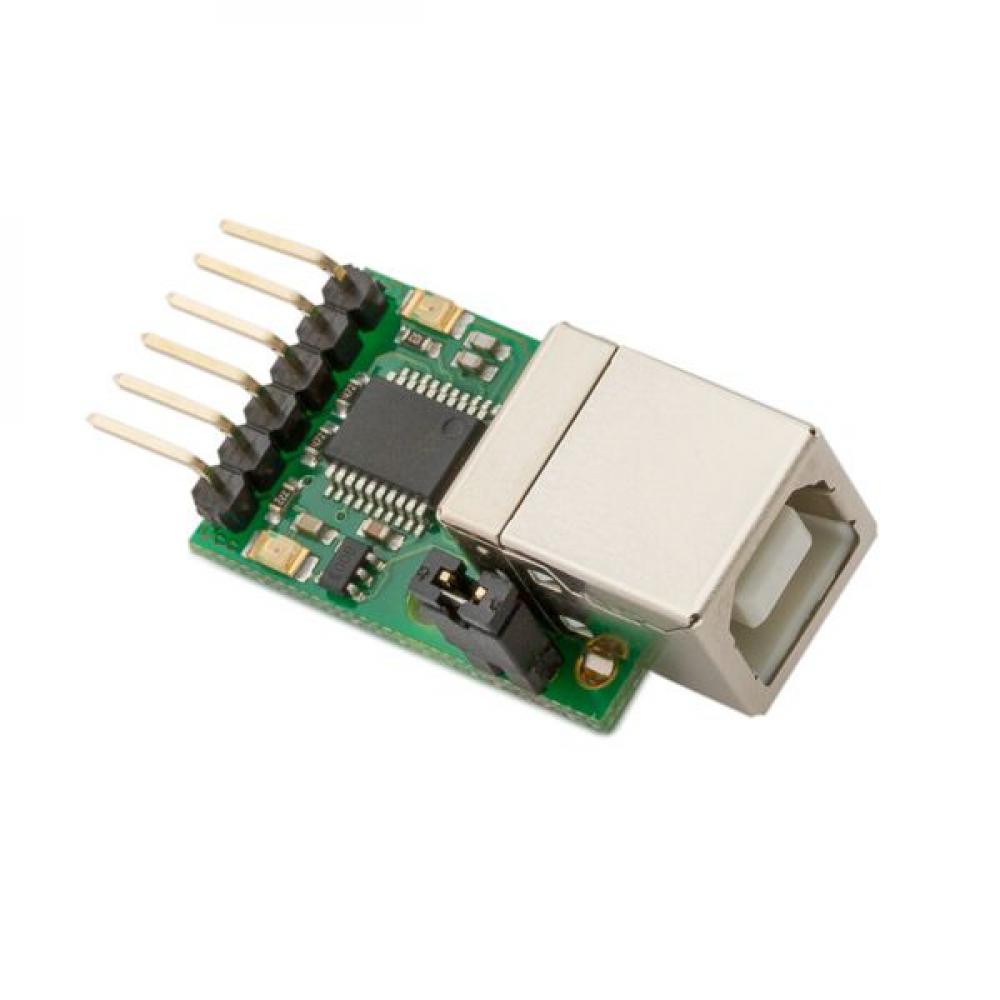

Doing something hacky that requires taking over a display’s output as well as sitting on the i2c bus doesn’t get as many brownie points for me because you can’t ship it. I could ship a VGA to GPIO pass-through that used a chip and it’d be awesome. My personal definition of a hack is a feat of engineering where you’re doing something with hardware that no one expected it to do, and you get extra points for doing it in an awesome, solid way.

Posted in Tool Hacks Tagged adapter, breakout, i2c, vga Post navigationĭoge, using the i2c bus off of VGA to talk to an i2c GPIO expander is a pretty cool hack. The end product is an I2C adapter, GPIOs, and LEDs that can be controlled directly from the Linux kernel through an unused video port. Level shifters for I2C were added so it can be used with lower voltage devices. By putting an ATmega328 on the board, control for GPIOs and LEDs could be added. decided to go for overkill with this project. Once this is done, applications such as i2c-tools can be used to interact with the port. This adapter hijacks specific lines from the video port, and convinces the kernel it’s a standard I2C device. This breakout is based on an older article about building a $0.25 I2C adapter. To take advantage of this I2C port on nearly every computer, built a VGA to I2C breakout. However, DDC is based on I2C, which is used in all kinds of electronics.

This allows displays to be plug and play. VGA, DVI, and HDMI ports use Display Data Channel (DDC) to communicate with connected displays.


 0 kommentar(er)
0 kommentar(er)
